-

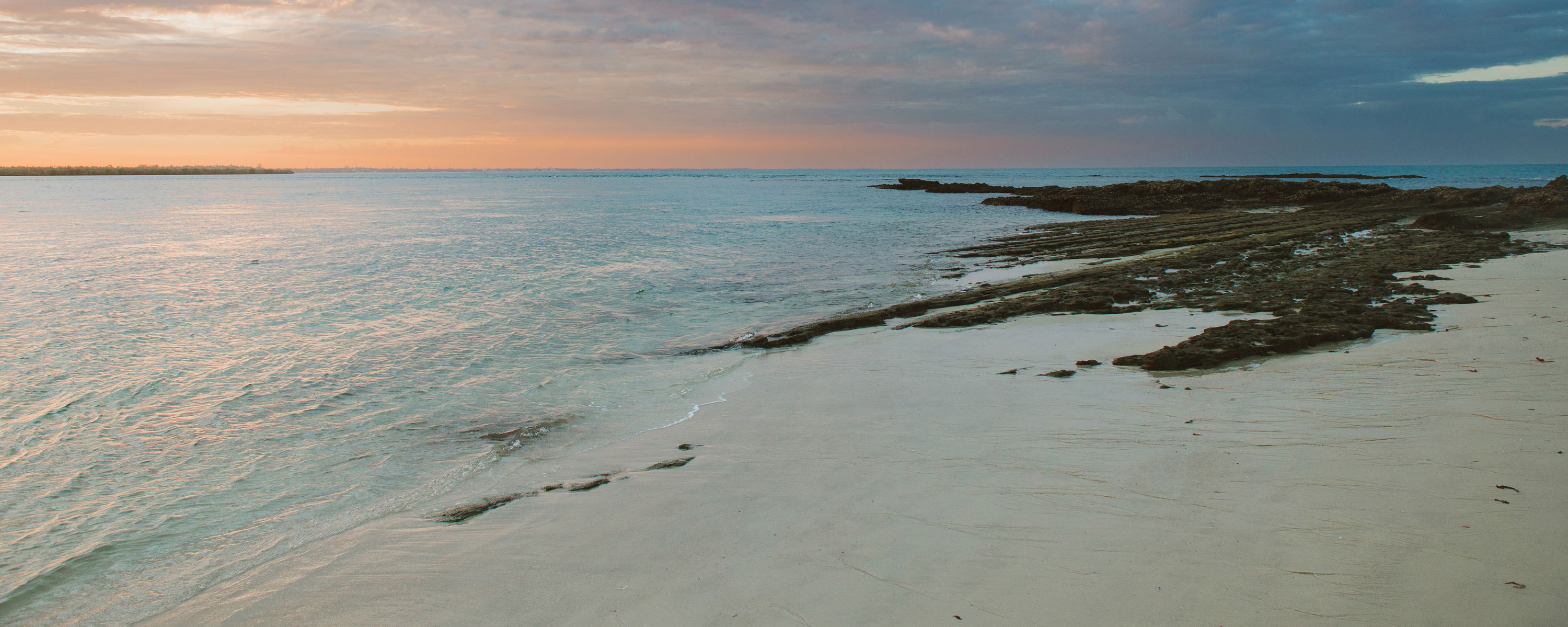 The Coast
The Coast -

-
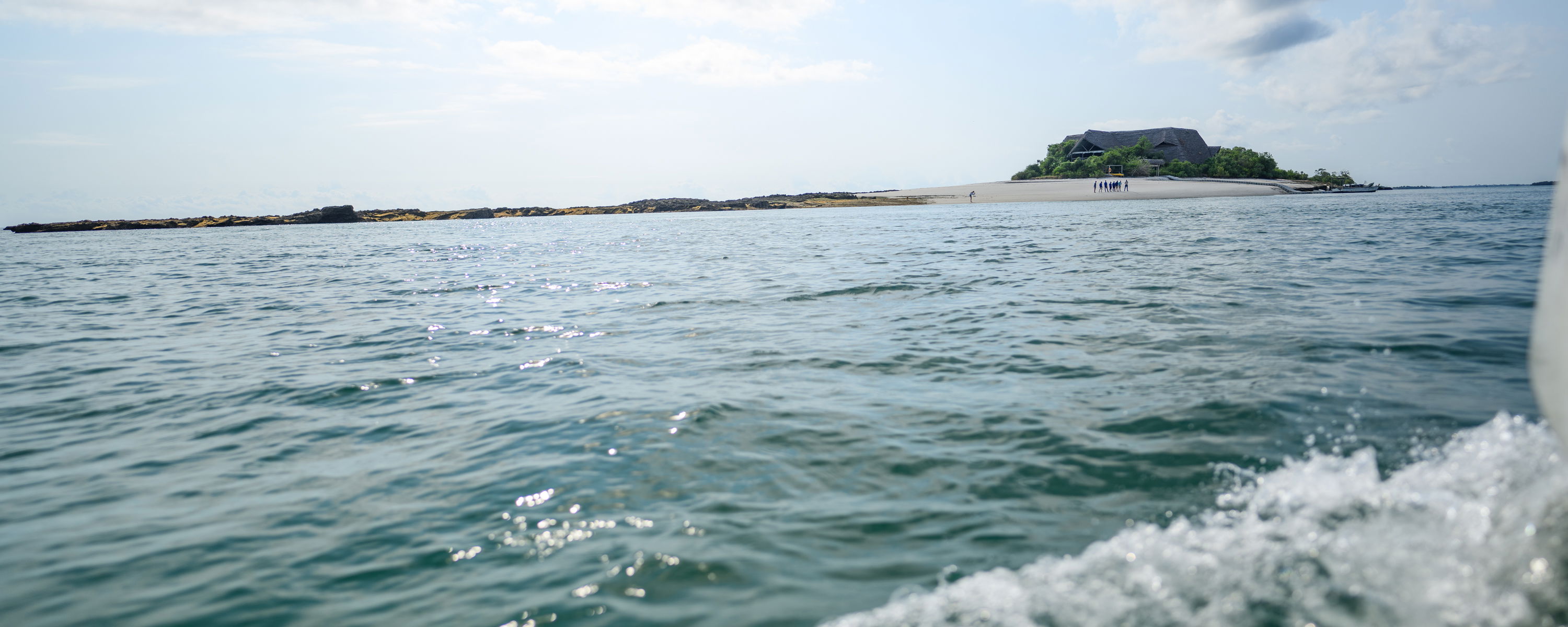
A Diverse Mix of East African Culture, History, and Nature
Tanzania's Swahili Coast features an alluring mix of beautiful beaches, captivating coral reefs, water activities, historical towns and vibrant culture beyond Zanzibar and Mafia Island.
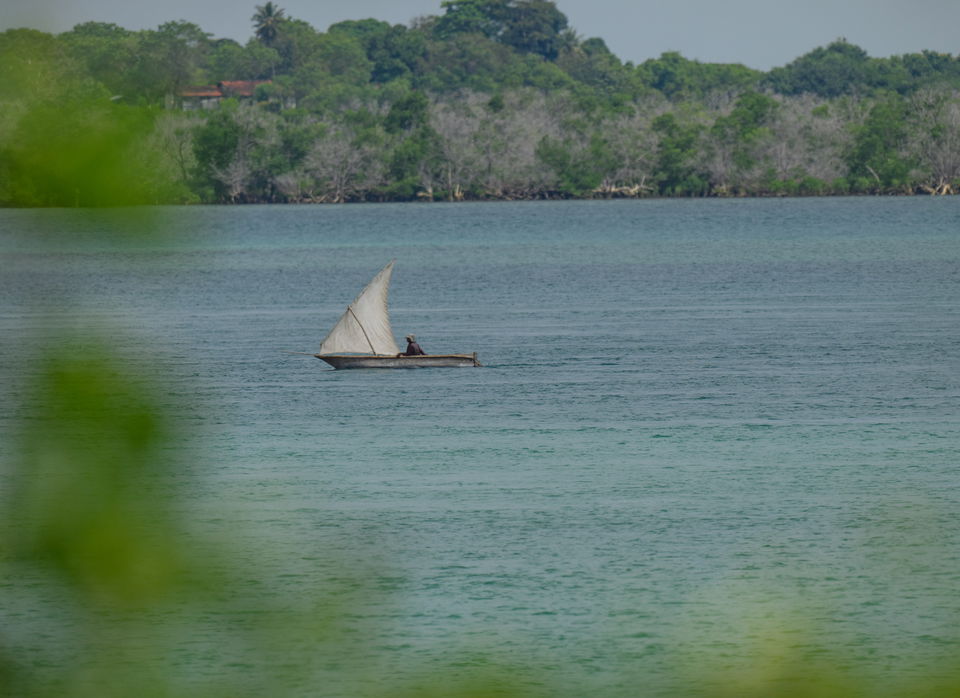
History of Tanzania's Swahili Coast
Over the centuries, the Swahili Coast has been shaped by the trade of timber, ivory and spices. Once East Africa’s most important trading port, Bagamoyo was also the centre of the region’s slave route. Today, these influences are reflected in the region’s food, architecture and local traditions.
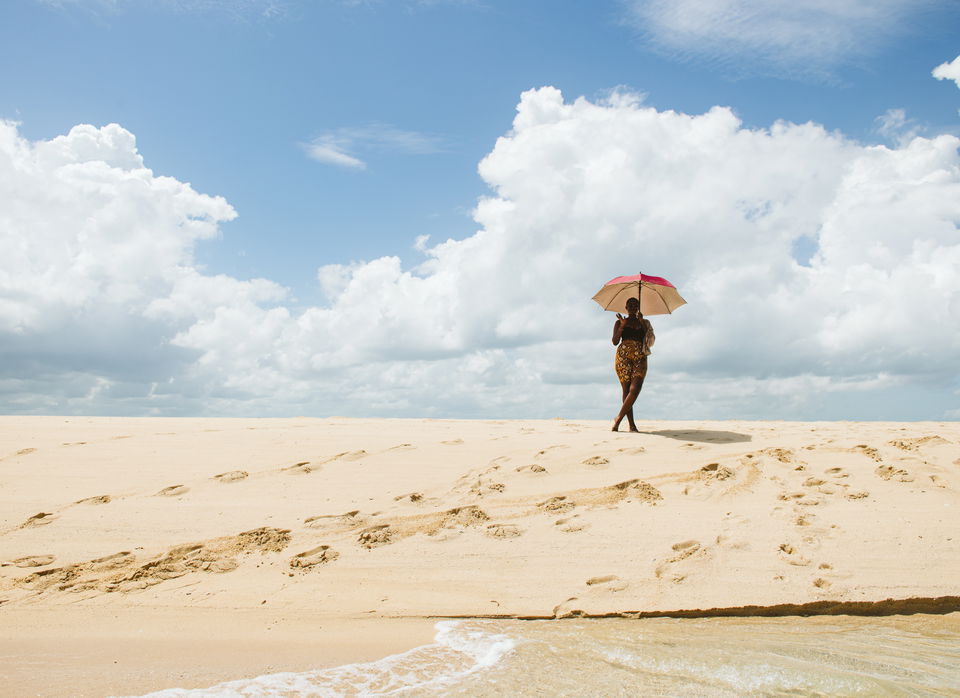
Change of the Seasons
The Swahili Coast experiences intermittent rain throughout the year without a defined wet or dry season. The rain doesn’t linger for long, with warm weather always on the horizon after a fleeting shower.
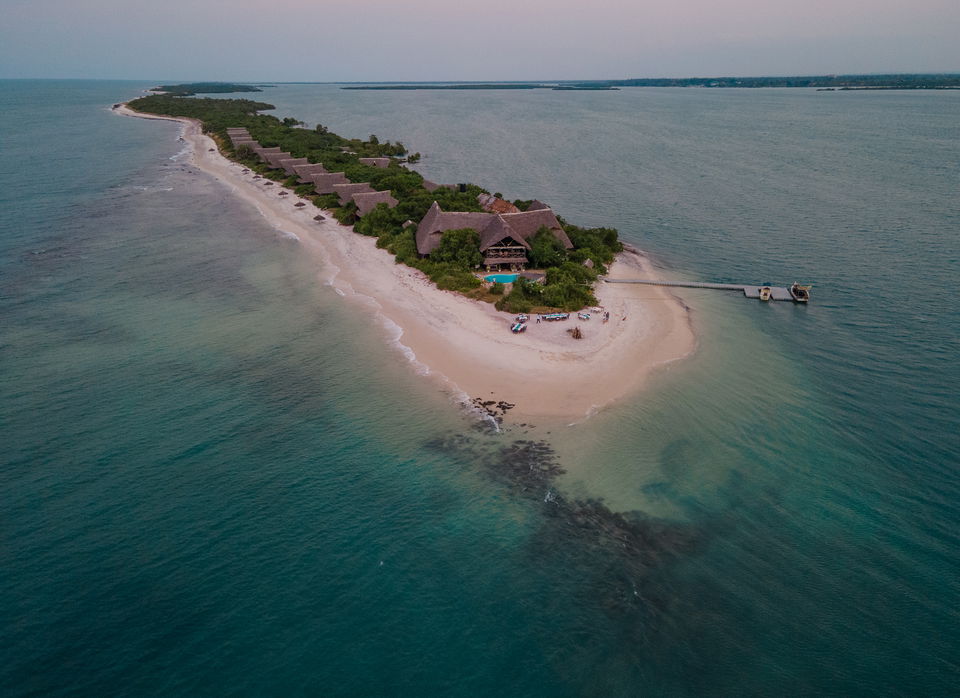
The Island
Lazy Lagoon Island Lodge sits secluded at the end of a narrow spit of land south of Bagamoyo, where azure waters meet mahogany-mangrove forests. The retreating tides uncover white sands and rock pools, and you might even spot local fishermen delivering their daily catch to the lodge.

Flora and Fauna
The mahogany-mangrove forest contrasts the white beach to create an enduring image along Tanzania's Swahili Coast, while plentiful marine life thrives in the ocean water below. Locals include hermit crabs, small mammals, a variety of colourful birdlife, and nocturnal bushbaby and genet that may be spotted around the lodge.

Share This Page